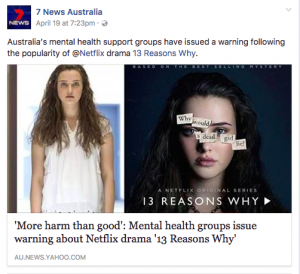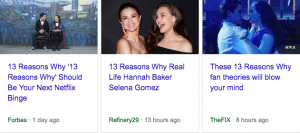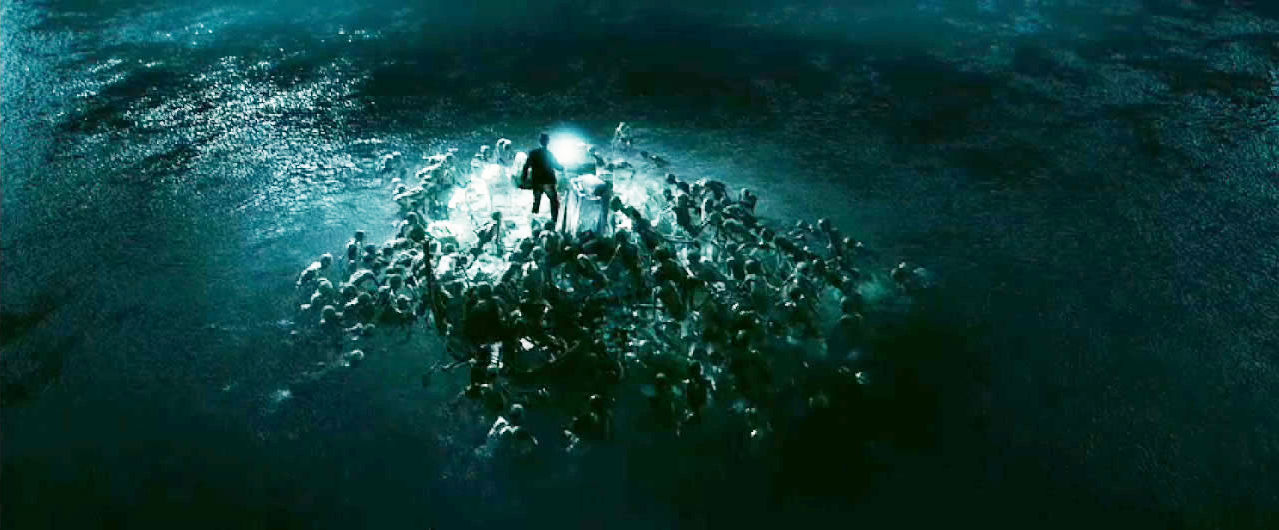The stresses of university has finally creeped up to me and as a result, my sleeping schedule is basically non-existent. I’d give a detailed description of what time I go to bed but that would just be irrelevant. Anyway, the reading! The reeeeeeaaaaading. I actually approached it differently to what I usually do which is obviously read it in my head but hallelujah for technology. I made my laptop read it out for me (please refer to fig. 1). I’d say that she has a fine Aussie accent with a slight difficulty to pronounce certain words. Hah.
(Figure 1)
Before I stray away onto another topic, I was quite confused as to why we were given a reading about Harry Potter until Brian actually explained it in the lectorial. However, reading a blog post (?) about an interest of mine (which was Harry Potter) was actually quite refreshing. Not saying that the readings have been bland but this is just one of those that peaked my interests, unlike the one about the animals… As for the actual reading, I knew Jenkins was talking about the actual concept of a ‘fandom’ and how it thrives and survives in our perception of reality. I know. Deep as f*ck right? He was reflecting on Harry Potter’s large following, hence why it even has its own theme park for fans to visit and re-live the world of the story.
Now relating the reading to the lectorial – Brian’s lecture made me think about the subculture of a ‘fandom’ and how it affects and influences. I’ve never actually reflected how large a following can get (aka a fandom) until Brian mentioned cosplaying and made me rethink – “wow, fandoms are actually crazy”. And now that I think about it, I think I’ve been in a fandom myself (oh god this is super embarrassing) and I’ve noticed the relations we make between the real word and the world of -insert any TV show/movie/cartoon/etc-. From cosplaying to fan-fictions, we try to make sense of the reality we face as a coping mechanism to whatever we may be facing in our daily lives. As Brian said, it “expresses who we are while trying to relate it to the reality of the world‘.
As for the editing segment of the lecture, the class was shown what the actual meaning of a “rough cut” and a “fine cut”. To be honest, I had no clear concept of what both those cuts meant and I simply just meshed the process of a rough and fine cut. For the next time I use Premiere Pro for a major project, I’ll definitely keep these two things in mind:
- Rough cuts are when you assemble the pieces of story together, cutting down anything unnecessary.
- Fine cuts are for when you refine the story. And what I mean by refining consists of colour-correcting, audio mixing and checking for any bits of tiny details that piece the story together. It’s truly the time to add in your aesthetic style.
🙂
lyreca















